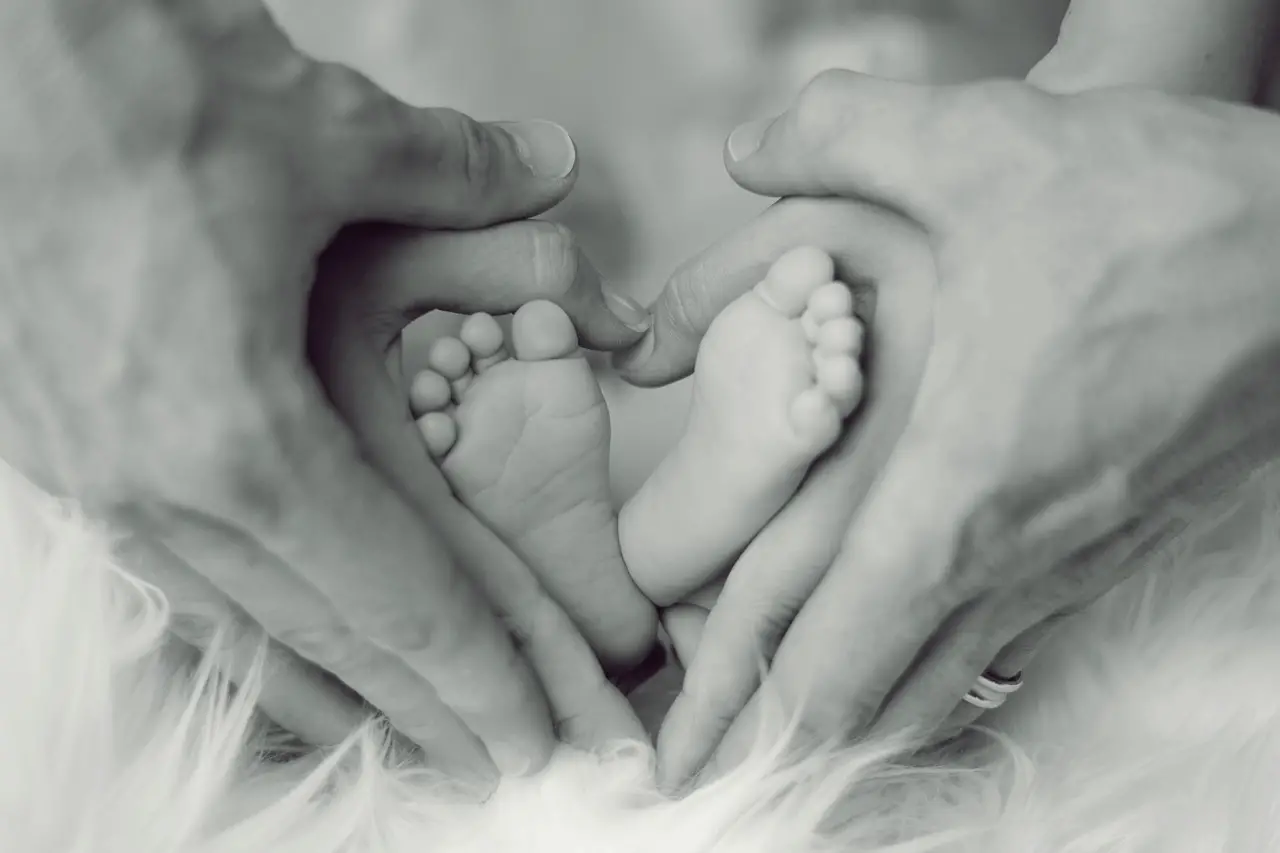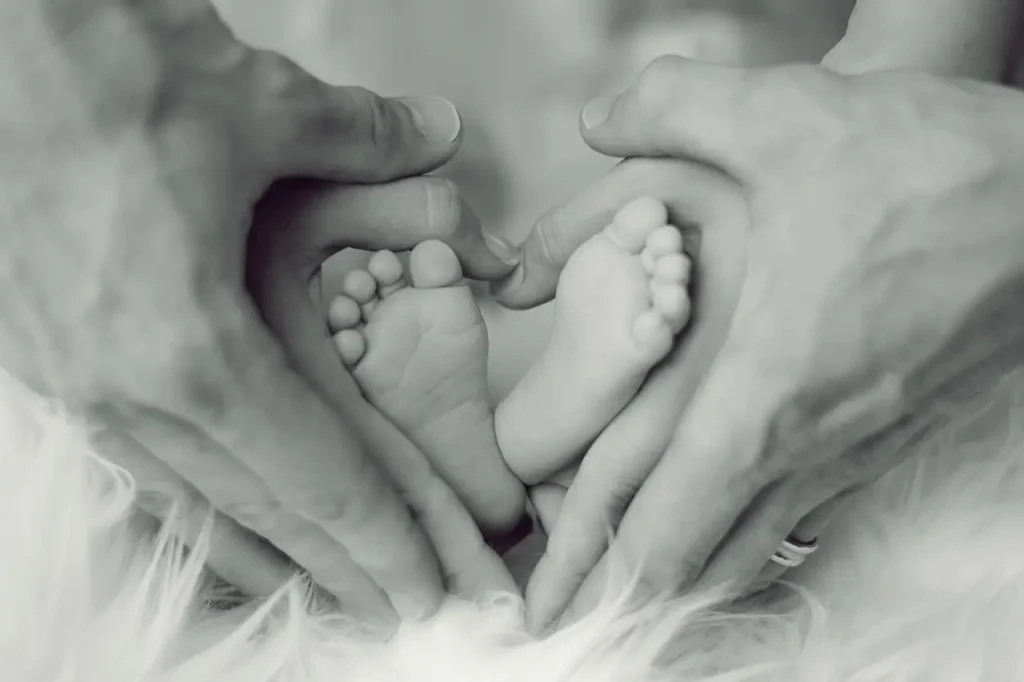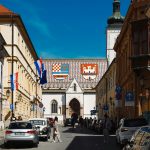
ZAGREB, Nov 19, 2020 – The biggest positive demographic growth has been recorded along Croatia’s Adriatic coast and in the north of the country, according to the data provided by the national statistical office (DZS) on Thursday, ahead of World Children’s Day.
World Children’s Day is celebrated on 20 November to commemorate the Declaration of the Rights of the Child by the UN General Assembly on 20 November 1959.
Last year, 36,135 children were born in Croatia and 51.1% were boys and 48.9% girls.
The city of Solin near Split had the highest birth rate, and was followed by Metkovic, Kastela, Cakovec and Zapresic. When it comes to municipalities, the southern municipality of Podstrana, east of Split, topped the ranking, and was followed by Zupa Dubrovacka near Dubrovnik and Viskovo near Rijeka, while two municipalities in Medjimurje County — Nedelisce and Mala Subotica — ranked fourth and fifth.
The statistical data show that the most common names for girls and boys in Croatia in 2019 were Mia and Luka. David, Jakov, Ivan and Petar were the most popular names for boys, while Ema, Lucija, Sara and Nika were the most popular names for girls.
In the 2019-2020 school year, 139,682 preschool children were included in some programmes of preschool education.
In schools, 460,000 children attended education, and of them 68% were pupils in primary schools.
School-age children accounted for 40% of the country’s library membership.











